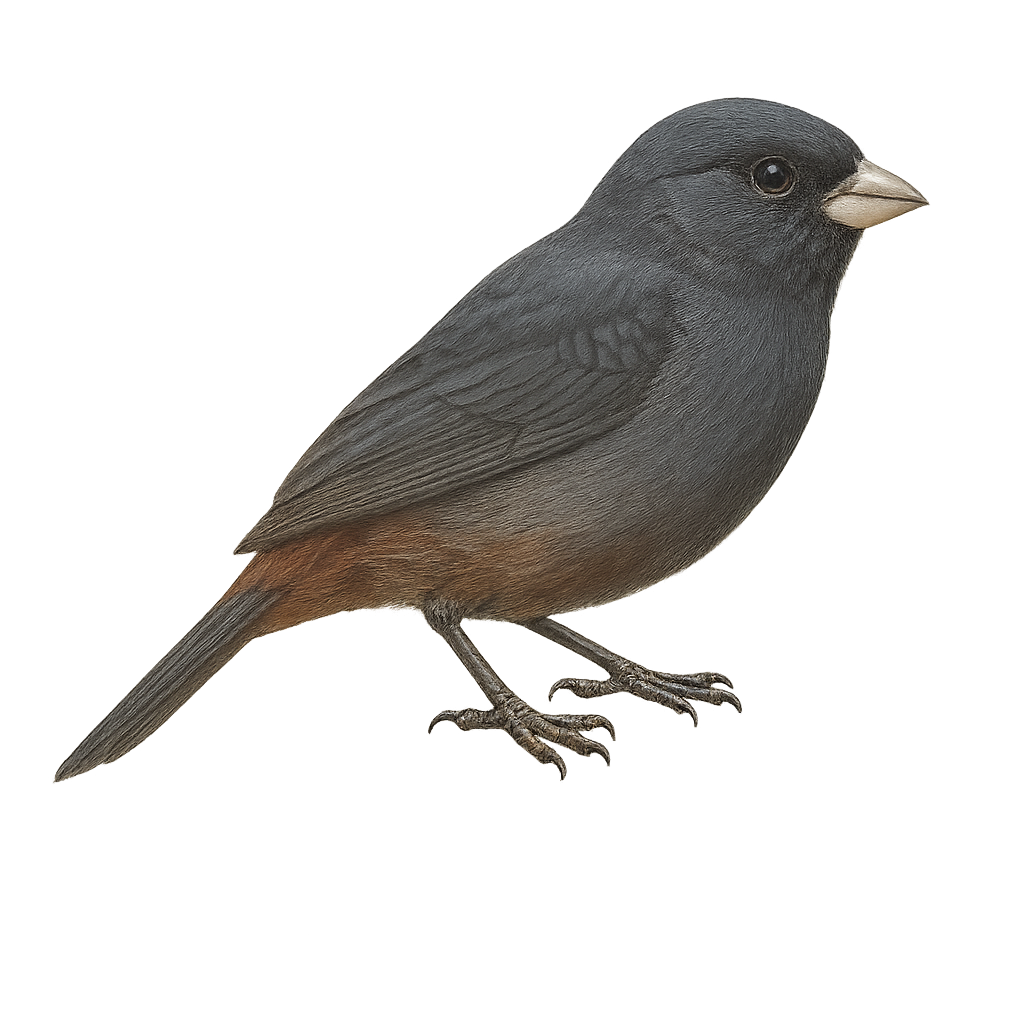Your wildlife photography guide.
Explore the paramo seedeater in detail, study its behavior, prepare your shots.
Where to observe and photograph the paramo seedeater in the wild
Learn where and when to spot the paramo seedeater in the wild, how to identify the species based on distinctive features, and what natural environments it inhabits. The WildlifePhotographer app offers tailored photography tips that reflect the paramo seedeater’s behavior, helping you capture better wildlife images. Explore the full species profile for key information including description, habitat, active periods, and approach techniques.
Paramo Seedeater
Scientific name: Catamenia homochroa

IUCN Status: Least Concern
Family: THRAUPIDAE
Group: Birds
Sensitivity to human approach: Suspicious
Minimum approach distance: 10 m
Courtship display: April to May
Incubation: 12-14 jours
Hatchings: April to June
Habitat:
High-altitude grasslands, open shrublands
Activity period :
Primarily active during the day, with peak activity in the morning and late afternoon.
Identification and description:
The Paramo Seedeater is a small seed-eating bird found primarily in the mountainous regions of South America. It is characterized by its uniformly brown-grey plumage, which allows it to blend into its environment. Its modest size and conical beak are well-suited to its diet of seeds. It frequents high-altitude grasslands and open shrublands, often seen in small flocks. Although discreet, its melodious song is a clear indicator of its presence. The species is well adapted to the harsh climatic conditions of the paramos, unique ecosystems located above the tree line.
Recommended lens:
400 mm – adjust based on distance, desired framing (portrait or habitat), and approach conditions.
Photography tips:
To photograph the Paramo Seedeater, it is advisable to use a telephoto lens of at least 400mm to capture detailed images without disturbing the bird. Look for open areas in high-altitude grasslands where they often feed. Be patient and discreet, as these birds can be suspicious. Morning is the best time to observe them, as they are more active and the light is ideal for photography. Use a tripod to stabilize your camera and achieve sharp images.
The WildlifePhotographer App is coming soon!
Be the first to explore the best nature spots, track rutting seasons, log your observations, and observe more wildlife.
Already 1 431 wildlife lovers subscribed worldwide

